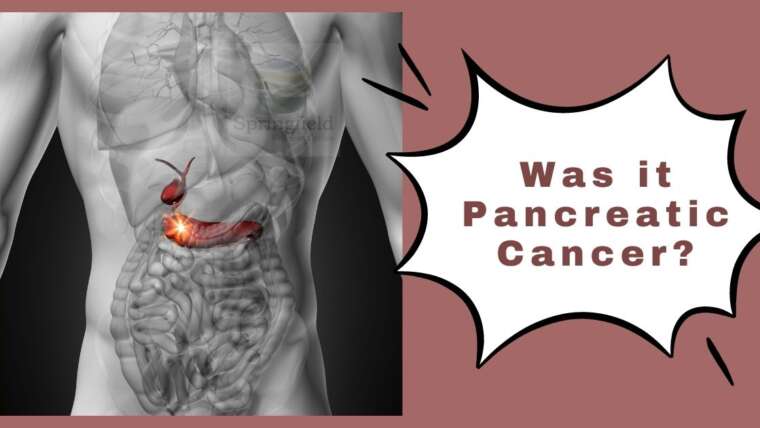
People think that some physicians or surgeons insist on diagnostic reports like Ultrasound, CT scan, or MRI without any reason. As a matter of fact, these modern diagnostic tools are a boon. This is a story of a young mother, aged just 29, who missed out on crucial time to get her otherwise simple gallbladder removal surgery (cholecystectomy) a complicated one.
This young patient had repeated bouts of stomach aches and visited the local doctor for many years to get treated for gastritis. Once the pandemic happened, she could not visit any doctor and her stomach pain worsened. She resorted to self-medication but this time could not get relieved from the pain. Once the lockdown was relaxed she visited the local doctor and there the physician suspected the presence of gallstones and recommended her an endoscopy. The ultrasound indicated that the gallstone was infected and the physician recommended visiting a surgeon. Hence she approached me and I took up further investigation. Because it was a long-standing repeated infection, I suspected it may be because of gallstone pancreatitis. I recommended getting the surgery done immediately as it was an emergency situation.
On the operating table, while we intended to remove the infected gallbladder we found that she presented with a complex condition called Mirizzi syndrome.
Mirizzi syndrome occurs when the gap between the common bile duct and the cystic duct is closed due to the obstruction caused by extrinsic compression from an impacted stone in the cystic duct or infundibulum of the gallbladder or any repeated infection in the gallbladder. Normally the presence of Mirizzi syndrome is not diagnosed or recognized by any CT scan and it is found only during the surgery time and that is exactly what happened in this patient’s case too. People with Mirizzi syndrome present with conditions like sepsis, jaundice, fever, pain in the upper right abdomen, etc.
Once we found that she presented with this complex condition, we knew we need to be extra careful while performing the surgery. We removed the infected gallbladder and then proceeded to do a complex surgical procedure called Hepaticojejunostomy Surgery. In this surgery, the common bile duct is connected to the jejunum. This is because the continuity of the common bile duct to the intestine is lost and a proper anastomosis (joining of tissues by way of suture) is not also possible. To overcome this, the common bile duct is connected directly to the jejunum where the bile is allowed to drain. This patient was young and hence recovered faster from the surgery.
Her complex surgical condition could have been prevented in earlier stages if the clinical history would have indicated something else because medical treatment has failed repeatedly for gastritis. A basic endoscopy or an ultrasound of the abdomen would have helped in diagnosing the presence of gallstones in earlier stages and would have prevented Mirizzi syndrome from happening. This is why diagnostic methods like CT or Ultrasound are suggested by doctors as they tell us the presence of any underlying medical condition which can be treated in time. Another point to be noted is, these days even younger female patients who are below 40 years of age are presenting with gallstones. So when an otherwise simple surgery becomes complicated, the implications are more because factors like surgical morbidity, recovery time, etc become higher. So if repeated medical treatments fail, then listen to the physicians or surgeons to get an appropriate diagnosis done so that you can get timely treatment.


